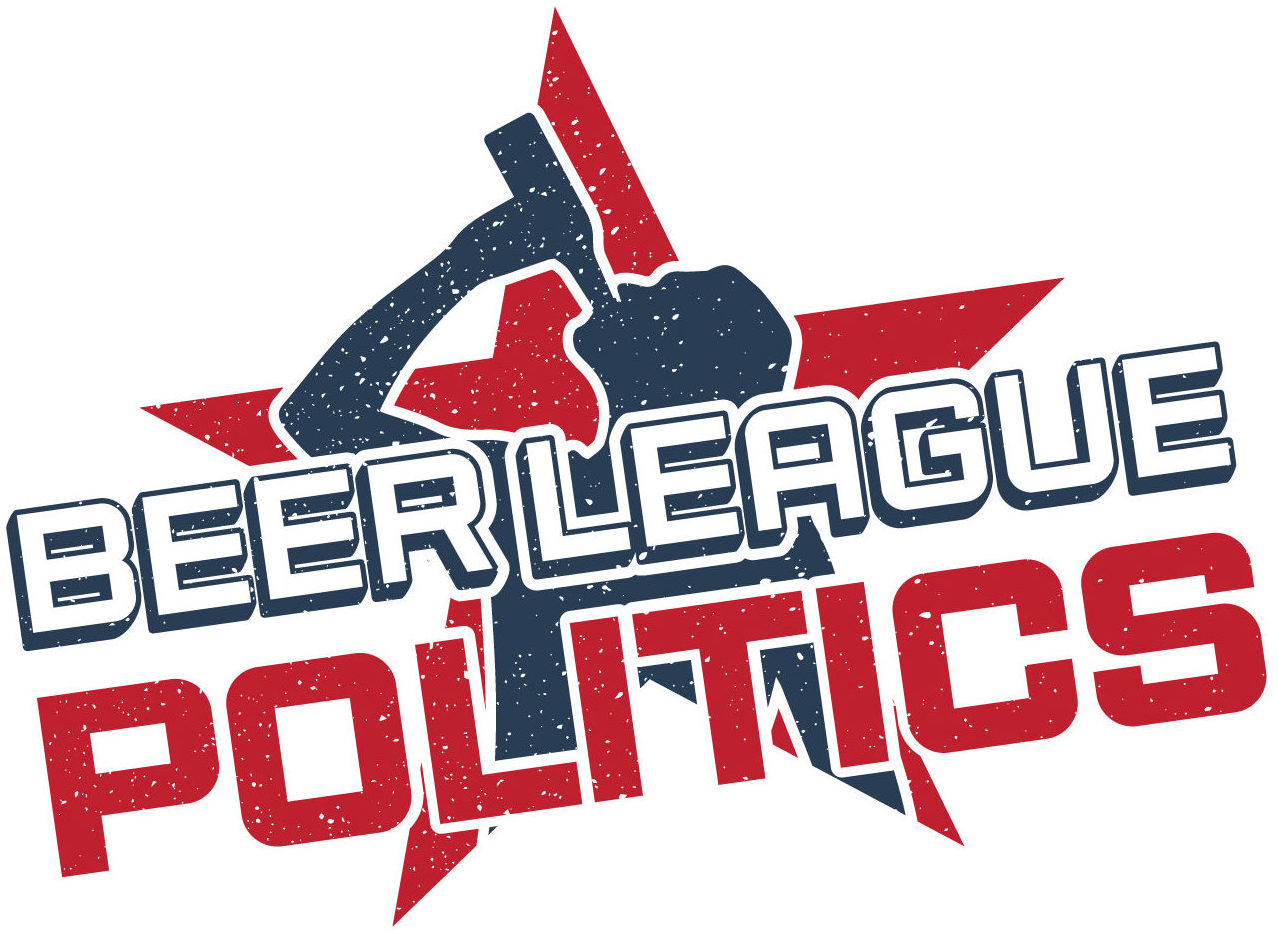With three months into Russia’s invasion of Ukraine, many people are wondering what caused this conflict.
The corporate media would have the average American believe that Russia is the second coming of Nazi Germany and is on the path to conquering all of Europe.
So far, Russia is encircling Ukrainian forces in Eastern Ukraine in efforts to liberate the breakaway Donetsk and Lugansk People’s Republics. However, there’s nothing that suggests Russia is about to blitzkrieg the Old Continent.
In fact, the media narrative surrounding the Russia-Ukraine crisis has been simplistic at best.
This conflict has been decades in the making.
The key culprits here are the expansion of the North Atlantic Treaty Organization and the West’s broader efforts to absorb Ukraine into its sphere of influence.
For those with short-term memory, former Soviet Union leader Mikhail Gorbachev met up with then-Secretary of State James Baker in February 1990 — on the eve of the Soviet Union’s demise — to discuss what European security would look like.
During this meeting, Baker told Gorbachev that NATO had no plans of expanding “one inch eastward.”
However, the US did not keep its word. For example, the Clinton administration started pursuing a gradual NATO expansion program.
During the Conference on Security and Cooperation in Europe (CSCE) towards the end of 1994 in Budapest, Hungary, then-president Bill Clinton shocked then-Russian President Boris Yeltsin with his revelation that NATO would be enlarged, albeit at a slow pace.
Famed diplomat George Kennan warned about NATO expansion into Russia’s backyard during the late 1990s. He declared these moves represented the “beginning of a new cold war.”
Kennan added, “I think the Russians will gradually react quite adversely and it will affect their policies. I think it is a tragic mistake. There was no reason for this whatsoever. No one was threatening anybody else. This expansion would make the Founding Fathers of this country turn over in their graves. We have signed up to protect a whole series of countries, even though we have neither the resources nor the intention to do so in any serious way.”
No one in DC listened to Kennan’s warnings.
In 1999, the Czech Republic, Hungary, and Poland were added to NATO. In 2004, another wave of countries — Bulgaria, Estonia, Latvia, Lithuania, Romania, Slovakia and Slovenia — joined NATO’s ranks.
International relations scholar John Mearsheimer claimed that Russia “swallowed” these additions to NATO because Russia was too weak to push back.
But when ex-KGB agent Vladimir Putin took the reins of power in 1999, Russia began to reassert itself on the world stage. Curiously, when Putin approached Clinton about Russia potentially joining NATO in 1999, he was sharply rejected. It was becoming clear that NATO was an alliance to contain Russia.
During the Munich Security Conference of 2007, Putin sharply criticized the West’s NATO enlargement venture that was growing ever closer to Russia’s border. In addition, the Russian leader was worried about missile systems being installed in Eastern Europe.
Yet again, the West did not listen. During NATO’s Bucharest summit in early April of 2008, NATO did not explicitly send invitations to George and Ukraine. However, NATO still left the door open for NATO membership for the two countries.
Putin was clearly angered by the statements made at the Bucharest summit, which he viewed as threats to Russian security.
Shortly after the Bucharest summit, Russia intervened decisively in Georgia and recognized the independence of breakaway territories such as South Ossetia and Abkhazia. This military incursion was designed to send a message to NATO about the dangers of further expansion on Russia’s border.
In 2014, Ukraine was marked by political strife after the pro-Russian government of Viktor Yanukovych was deposed in a coup.
Fearing the potential of a pro-US government being installed right on its border, Russia instantly occupied Crimea and provided military aid to seperatist fighters in the Donetsk and Lugansk People’s Republics in Eastern Ukraine.
From February 2014 all the way to the present, the Ukrainian military has been assaulting these breakaway republics. Many Russians were terrified at how their co-ethnic Russian speakers in these breakaway regions were being slaughtered, which likely prompted Russia to take decisive action on February 24, 2022 and invade Ukraine.
It’s often forgotten that in the aftermath of the Euromaidan crisis, University of Chicago Professor John Mearsheimer gave a lecture on the initial stages of the Russo-Ukrainian crisis. He warned that the US would be leading Ukraine down the primrose path, as it became clear the US was siding with Ukraine during this geopolitical crisis. The US continues to side with Ukraine, much to the Eastern European country’s detriment. Now, Mearsheimer’s predictions are coming to life.
For Russia, Ukraine is an existential matter. Ukraine has been a part of Russian civilization for centuries. Russia will not tolerate any NATO presence or a Western puppet government on its border in the same way that the US would never tolerate great powers like Russia or China installing a puppet government or establishing military bases in Mexico.
This is something that escapes the minds of our elected officials.
Unfortunately, there’s very little indication that they grasp the gravity of the current situation between Russia and Ukraine.
Russia is a country with over 6,000 nukes, which makes a direct conflict between it and NATO a potentially catastrophic scenario for all of humanity.
Hopefully, cooler minds prevail and put an end to this senseless violence.




GIPHY App Key not set. Please check settings